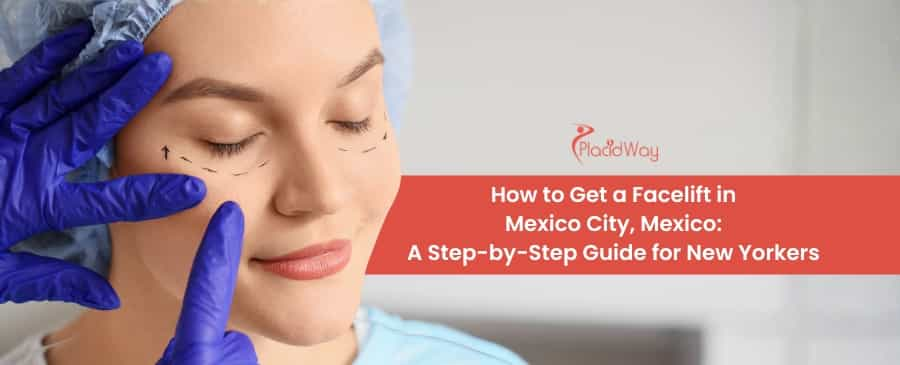
Considering a facelift to rejuvenate your appearance is a significant decision. For many New Yorkers, the high costs in the United States can be a major barrier. This has led to a surge in medical tourism, with Mexico City emerging as a premier destination for high-quality, affordable cosmetic procedures. This guide will walk you through every step of the process, from your initial consultation in New York to your recovery in a world-class medical facility in Mexico.
Key Takeaways
-
Patients from New York can save 50% to 70% on the cost of a facelift by choosing Mexico City over local providers, even after factoring in travel and accommodation.
-
Top clinics in Mexico City are often internationally accredited (e.g., by JCI) and staffed by board-certified plastic surgeons who are members of prestigious organizations like the American Society of Plastic Surgeons (ASPS).
-
All-inclusive packages simplify the journey, typically covering the surgeon's fee, anesthesia, facility costs, ground transportation, and sometimes even accommodation and a personal translator.
Here's a quick look at potential costs:
-
Full Facelift in Mexico City: $5,500 - $9,000
-
Full Facelift in New York: $20,000 - $35,000+
-
Full Facelift in Turkey: $4,000 - $7,500
Why More New Yorkers Are Choosing Mexico City for a Facelift
The primary drivers for choosing Mexico City are a combination of dramatic cost savings, access to highly skilled surgeons, and the city's close proximity to the United States.
For residents of a high-cost city like New York, the appeal of Mexico City is multifaceted. The most significant factor is the cost of a facelift. Procedures in Mexico can be a fraction of the price you'd pay in Manhattan without compromising on quality. Beyond savings, many of Mexico City's top surgeons are trained in the U.S. or Europe and utilize the same advanced techniques and technologies found in leading New York hospitals. The short flight time from airports like JFK or Newark makes the journey convenient, minimizing travel fatigue before a major surgical procedure.
-
Significant Cost Savings: Save tens of thousands of dollars on the procedure and associated fees.
-
High Standard of Care: Access to internationally accredited hospitals and board-certified plastic surgeons.
-
Geographic Proximity: A direct flight of just a few hours means less travel time and easier logistics.
-
Experienced Surgeons: A high volume of international patients means surgeons have extensive experience with diverse needs.
-
Privacy and Recovery: Recover in a serene environment away from the hustle of your daily life.
What is a Facelift (Rhytidectomy)? Understanding Your Options
A facelift, or rhytidectomy, is a surgical procedure designed to reduce visible signs of aging in the face and neck, such as sagging skin, deep creases, and jowls.
A facelift isn't a one-size-fits-all procedure. The technique your surgeon recommends will depend on your unique facial anatomy, skin quality, and aesthetic goals. It's crucial to understand the different types to have an informed discussion during your consultation.
Full Facelift (Traditional)
A full facelift provides the most comprehensive rejuvenation. The surgeon makes incisions along the hairline, extending around the ear and into the lower scalp. This allows for the repositioning of deeper facial tissues (the SMAS layer), removal of excess skin, and redraping of the remaining skin for a smoother, more youthful contour. It addresses sagging in the mid-face, jowls, and neck.
Mini Facelift
Ideal for patients with mild to moderate sagging, primarily in the lower face and jawline. A mini facelift involves shorter incisions, typically just around the ears. This technique offers a quicker recovery time and is less invasive, making it a popular choice for younger patients in their 40s or 50s who want to address the first signs of aging.
Mid-Facelift
This procedure, also known as a cheek lift, focuses specifically on the middle third of the face. It's excellent for correcting sagging cheeks, reducing nasolabial folds (the lines from your nose to the corners of your mouth), and improving hollowness under the eyes. Incisions are often smaller and may be hidden in the lower lash line or hairline.
Lower Facelift
A lower facelift concentrates on the bottom third of the face. It is highly effective for correcting jowls, defining the jawline, and addressing sagging skin and deep wrinkles around the chin and neck.
Did You Know?
The modern facelift is much more than just "pulling skin tight." Surgeons now focus on lifting and repositioning the underlying muscle and connective tissue layer (known as the SMAS) to create a natural, long-lasting result that avoids a "windswept" look.
Are You an Ideal Candidate for a Facelift in Mexico?
The best candidates are healthy individuals with realistic expectations who exhibit signs of facial aging like skin laxity and deep wrinkles.
Candidacy isn't just about age; it's about your health and goals. An ethical surgeon will evaluate you carefully to ensure a facelift is the right choice for you.
You might be a good candidate if you:
-
Have significant sagging in the mid-face, jowls, or neck.
-
Possess good skin elasticity, which helps in healing and achieving a natural look.
-
Are in good overall health and do not have medical conditions that could impair healing.
-
Are a non-smoker or are willing to quit well before and after surgery, as smoking severely impacts recovery.
-
Have realistic expectations about the outcome. A facelift turns back the clock, but it doesn't stop it.
The Real Cost of a Facelift: Mexico City vs. New York
Opting for a facelift in Mexico City can result in savings of up to 70%, with all-inclusive package prices often being less than the surgeon's fee alone in New York.
The cost difference is staggering and is the primary reason for Mexico's popularity in medical tourism. This disparity isn't due to lower quality but to differences in operating costs, professional liability insurance, and the overall cost of living. A surgeon in Mexico City can run a state-of-the-art clinic for a fraction of the cost of a Park Avenue practice.
Here is a detailed breakdown of what you can expect to pay:
| Component | Average Cost in Mexico City (USD) | Average Cost in New York (USD) | Potential Savings |
| Surgeon's Fee | $4,000 - $6,000 | $15,000 - $25,000+ | Up to 76% |
| Anesthesia Fee | $800 - $1,200 | $2,500 - $4,000 | Up to 70% |
| Hospital/Facility Fee | $1,000 - $2,000 | $3,000 - $7,000 | Up to 71% |
| Pre-op Tests & Garments | $200 - $400 | $500 - $1,000 | Up to 60% |
| Total Procedure Cost (Est.) | $6,000 - $9,600 | $21,000 - $37,000+ | ~72% |
| Travel & Accommodation (10 days) | $1,000 - $2,000 | N/A | (Added Cost) |
| All-Inclusive Estimate | $7,000 - $11,600 | $21,000 - $37,000+ | ~66% |
Note: These are estimates. Prices vary based on the surgeon's experience, the complexity of the procedure, and the specific clinic.
Expert Insight
"When evaluating costs, look for all-inclusive packages. These often include not just the surgery but also airport transfers, hotel or recovery house stays, and a personal liaison. This not only provides great value but also significantly reduces the stress of planning logistics in another country." - Medical Tourism Facilitator
How to Find the Best Plastic Surgeons and Clinics in Mexico City
Your top priority should be verifying a surgeon's credentials, reviewing patient testimonials, and confirming clinic accreditation.
Safety and quality are paramount. Do not let attractive prices distract you from doing thorough research. Vetting your surgeon and facility is the most critical step in your journey.
Check for Board Certifications
Ensure your surgeon is certified by the Mexican Board of Plastic, Aesthetic and Reconstructive Surgery (CMCPER). This is the equivalent of the American Board of Plastic Surgery. Many top surgeons are also international members of the American Society of Plastic Surgeons (ASPS).
Read Patient Reviews and See Before-and-After Photos
Look for consistent, positive reviews on independent platforms. Scrutinize before-and-after photos, paying attention to results for patients with facial structures similar to yours. A reputable surgeon will have an extensive gallery.
Verify Clinic Accreditations
Top hospitals and surgical centers in Mexico seek international accreditation to demonstrate their commitment to safety and quality. Look for accreditation from bodies like the Joint Commission International (JCI).
Schedule Virtual Consultations
Almost all reputable surgeons serving international patients offer virtual consultations. This is your chance to ask questions, gauge their professionalism, and ensure you feel comfortable. Don't hesitate to consult with more than one surgeon.
Your Step-by-Step Journey: From a NYC Apartment to a Mexico City Clinic
The process is streamlined and well-organized, with medical tourism agencies or clinic coordinators guiding you at every stage.
Here’s a typical timeline for a New Yorker traveling for a facelift:
-
Step 1: Initial Online Consultation: From your home in NYC, you'll share photos and have a video call with your chosen surgeon to discuss goals, candidacy, and procedure details.
-
Step 2: Booking and Travel Arrangements: Once you decide to proceed, the clinic's coordinator will help you schedule your surgery date. You'll book your round-trip flights from JFK, LGA, or EWR to Mexico City (MEX).
-
Step 3: Pre-Operative Consultation in Mexico City: You'll typically arrive 1-2 days before your surgery. You'll meet your surgeon in person, undergo pre-operative tests, and finalize the surgical plan.
-
Step 4: The Day of Your Surgery: You'll have your procedure at the accredited hospital or clinic. A facelift can take 3 to 6 hours, and you will likely stay overnight for observation.
-
Step 5: Initial Recovery in Mexico City: You will spend the next 7-10 days recovering in a comfortable hotel or a specialized recovery house. You'll have follow-up appointments to monitor your healing and remove stitches.
-
Step 6: Follow-up and Return to New York: Once your surgeon clears you for travel, you'll fly back home with detailed aftercare instructions. Many surgeons remain available for virtual follow-ups.
Recovery and Aftercare: What to Expect in Mexico City
Your initial recovery will take place in Mexico City under medical supervision, followed by continued healing once you return home.
Proper recovery is crucial for an optimal result. The first week is the most critical.
-
First 24-48 Hours: You'll experience swelling, bruising, and discomfort, which is managed with prescribed medication. Your head will be wrapped in bandages.
-
First Week: Swelling and bruising will peak and then begin to subside. You'll need to rest with your head elevated. Light walking is encouraged to promote circulation. You will have a follow-up visit to have drains (if any) and initial stitches removed.
-
Returning Home: By day 10, most patients feel comfortable enough to travel home. Swelling and bruising will still be present but significantly improved.
-
Weeks 2-4: You can typically resume non-strenuous daily activities and work (if it's a desk job). Strenuous exercise should be avoided for at least 4-6 weeks.
Many patients choose to stay at a recovery house, which offers 24/7 nursing care, prepared meals, and transportation to appointments, making the healing process much smoother.
FAQs: Your Top Questions About Facelifts in Mexico Answered
How long do I need to stay in Mexico City after a facelift?
Most surgeons recommend staying for at least 10 to 14 days post-surgery. This allows for critical follow-up appointments, suture removal, and ensures you are safe to fly before you return to New York.
Is it safe to get plastic surgery in Mexico?
Yes, provided you do your homework. Choosing a board-certified surgeon and an internationally accredited facility is non-negotiable. Top-tier medical centers in Mexico City adhere to the same safety standards as U.S. hospitals.
Can I combine a facelift with other procedures?
Absolutely. It's very common and cost-effective to combine a facelift with other procedures like a blepharoplasty (eyelid surgery), brow lift, or neck lift. This addresses multiple areas of concern in a single surgical session.
What is the total recovery time for a facelift?
You will likely be "socially presentable" within 2-3 weeks, meaning most of the obvious bruising and swelling has resolved. However, residual swelling can persist for several months, and the final, settled results may not be fully visible for 6 to 12 months.
How much younger will a facelift make me look?
On average, studies show that a facelift can make a person appear 7 to 10 years younger. The goal is a natural, refreshed look, not to make you look like a different person.
What are the risks associated with a facelift?
Like any surgery, a facelift carries risks such as infection, hematoma (blood collection under the skin), nerve injury, scarring, and adverse reactions to anesthesia. Choosing a skilled, experienced surgeon significantly minimizes these risks.
Ready to Explore Your Options? Let PlacidWay Guide You
Navigating medical tourism can feel overwhelming, but you don't have to do it alone. PlacidWay is your trusted partner in connecting you with the best surgeons and clinics in Mexico City.
-
Get a FREE, No-Obligation Quote: Compare prices from multiple vetted clinics.
-
Access Verified Surgeon Profiles: Review credentials, experience, and patient reviews.
-
Personalized Guidance: Our care team will assist you every step of the way, from scheduling your consultation to planning your trip.
Take the First Step with PlacidWay!
Step towards a refreshed, more confident you. Contact PlacidWay today to learn more about your facelift options in Mexico City!

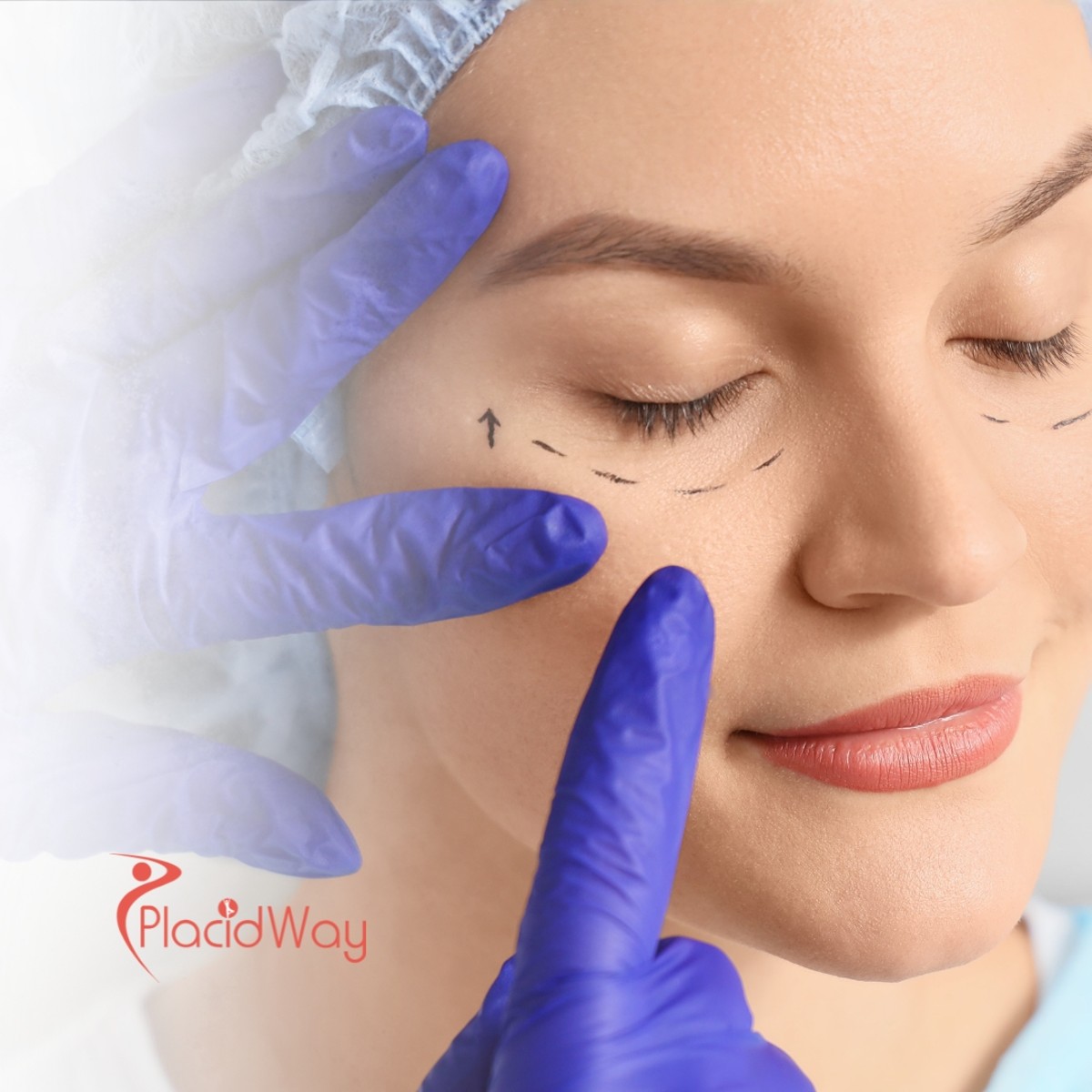

.jpg)
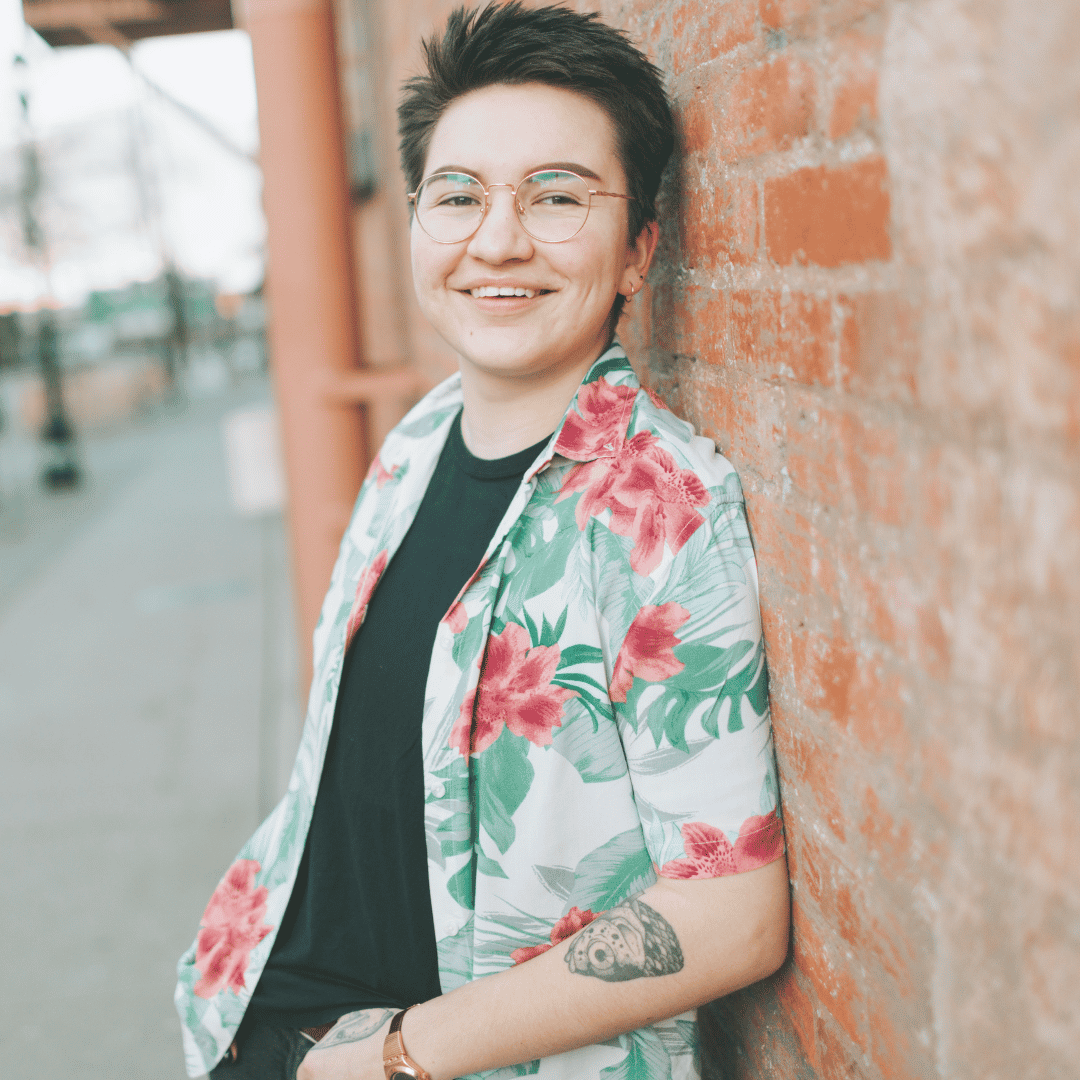


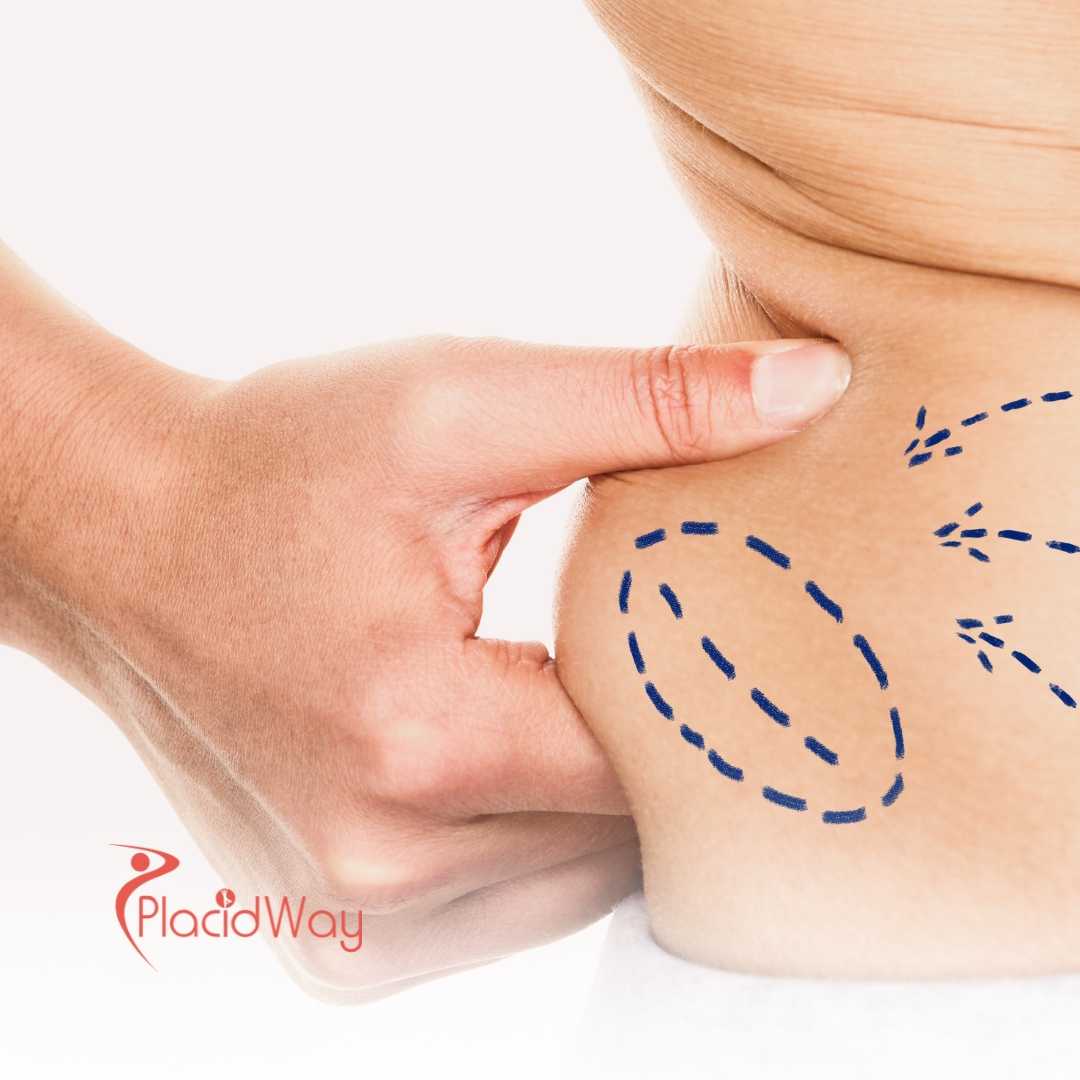



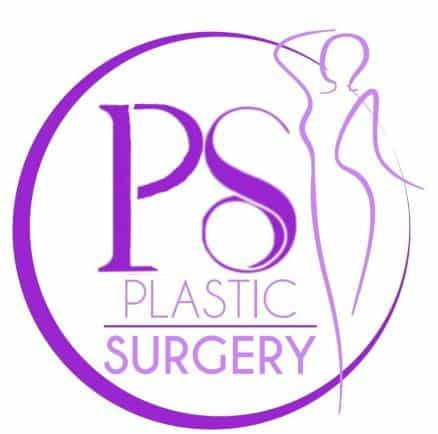

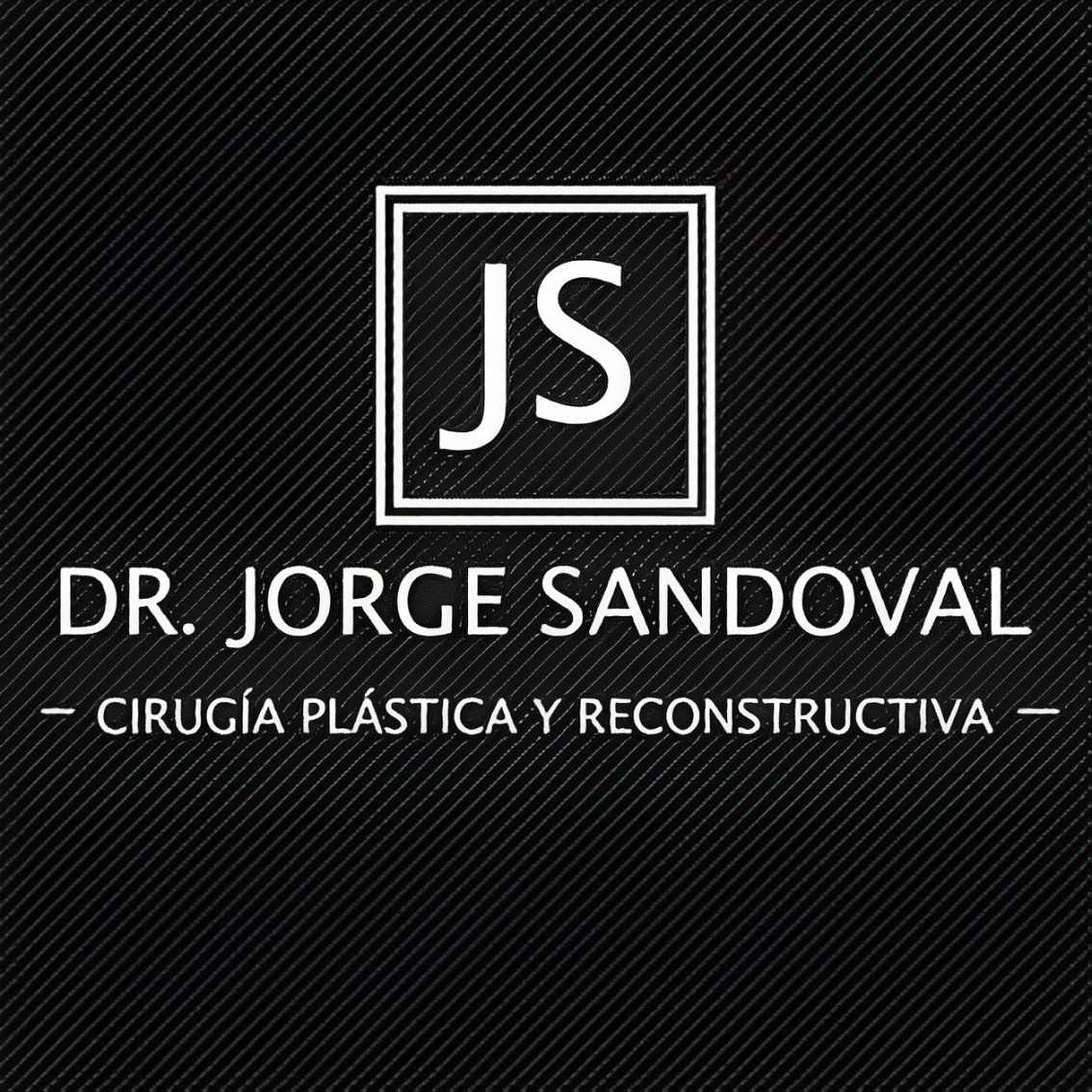
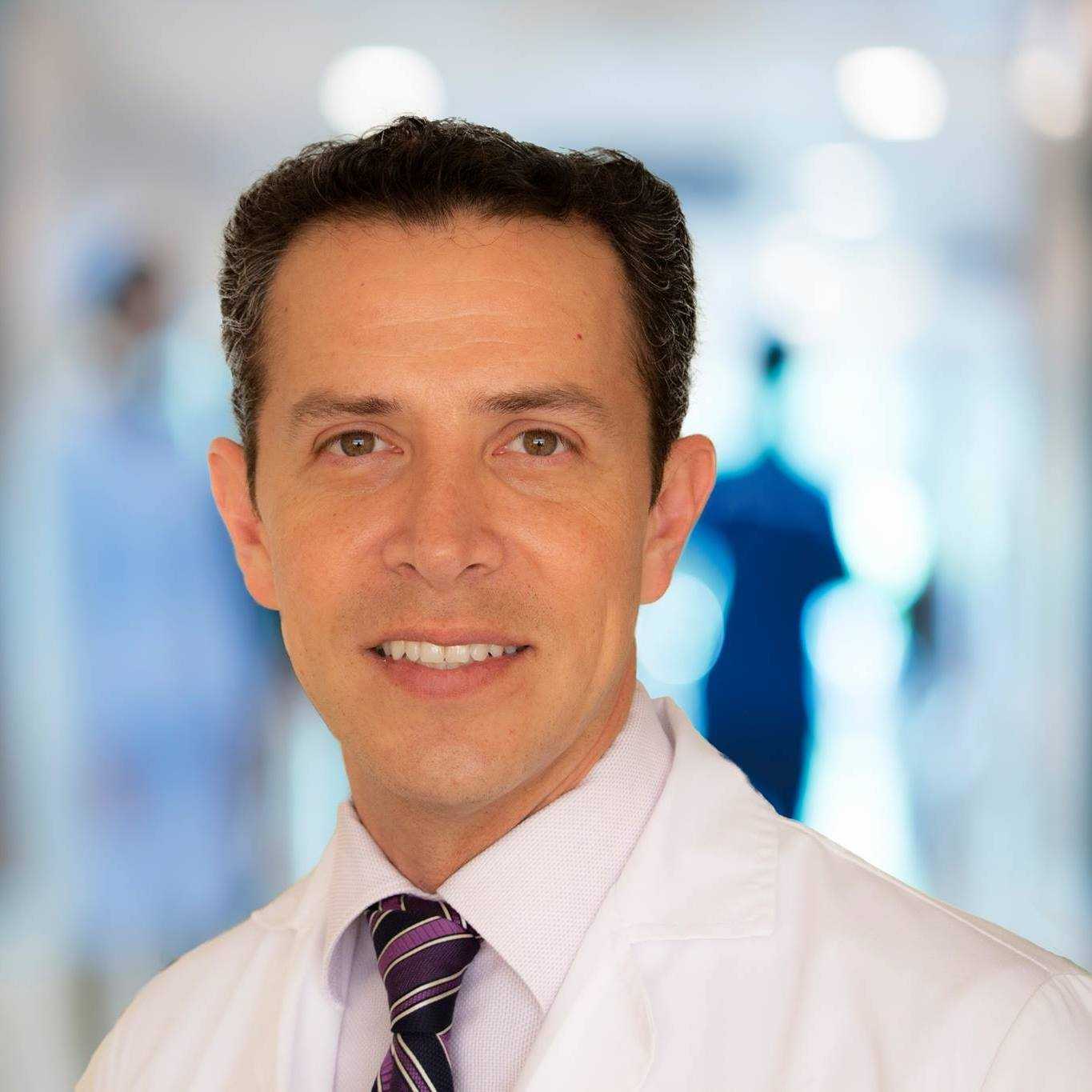

Share this listing